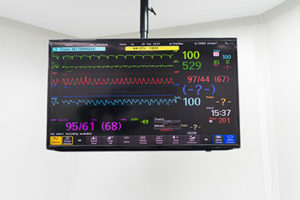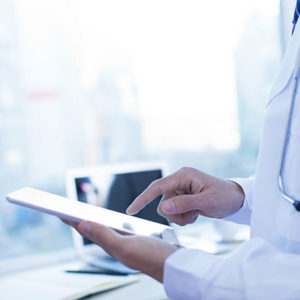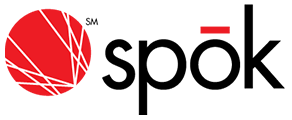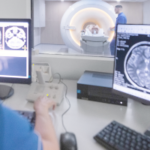Blog
Clinical Alerting: Moving Beyond Nurse Call
When most people think about clinical alerting, they think nurse call systems. This is not without reason: Nurse call integration solutions were the original clinical alerting solutions on the healthcare scene and have been around since the early 2000s. Additionally, the integration is simple to understand. The patient presses their nurse call button and that alert is delivered directly to the nurse’s mobile device.
This integration and the related workflows are still effective and used widely across U.S. hospitals and health systems. They speed nurse response times, aid quiet hospital initiatives, help with patient satisfaction (HCAHPS scores), and therefore boost reimbursements. But many more complex clinical alerting solutions have emerged over the last decade. Clinical alerting integrations with patient care devices, lab and radiology result systems, and electronic medical records (EMRs) are much more intricate than nurse call. They’re automated instead of human-initiated and connect many more endpoints. The growth of these solutions along with the need for fast and accurate notifications for important, actionable events has driven mobile clinical workflows to another level in recent years.

Clinical alerting for patient care devices also helps improve efficiency as it can centralize or sync staff assignments, and consolidate event management workflows across device systems. Like nurse call, although perhaps to an even greater degree, clinical alerting integrations with patient care devices improve patient care and satisfaction.


An academic medical center in the south-central U.S. already had clinical alerting for nurse call and patient monitoring devices, as well as for building management systems. They were looking for a way to send notifications not considered to be protected health information (PHI)—such as patient reminders—easily via SMS (text) messages. To accomplish this, they employed a clinical alerting solution to take the HL7 feed from the patient’s EMR and extract the mobile phone number (if available). Then the system generates an automatic reminder or notification to the patient that links to their secure patient portal. This integration fills in a gap in communications for EMR/health information systems (HIS) and also improves patient satisfaction and reduces the likelihood of readmission.
Another academic medical center, this one on the East Coast, implemented workflow messaging that delivered orders to respiratory therapists from the EMR, and then logged responses that the physician can see. This change to the workflow offers a big improvement to care team coordination and patient care by reducing copy/paste errors and phone tag for both the delivery of orders as well as follow-up about how the patient responded to a treatment. This can improve HCAHPS scores, increase staff efficiency, and also improve traceability with patient records by closing a common EMR gap.
These two academic medical centers had different EMR systems. In fact, the type of EMR doesn’t matter as long as it uses HL7.
Clinical alerting has evolved well beyond nurse call, and the applications outlined above indicate the benefits the entire industry can reap from that evolution. Clinical alerting applications such as solutions from Spok help solve core challenges in the industry: patient experience and satisfaction, staff and workflow efficiencies, patient safety and quality outcomes, and care team collaboration. The good news is this can have an exponentially positive effect: Interoperability grows with each input and output that’s added, and there’s more flexibility than there’s ever been before. We’re just getting started.
This article was originally published in Becker’s Health IT and CIO Review on June 13, 2016






